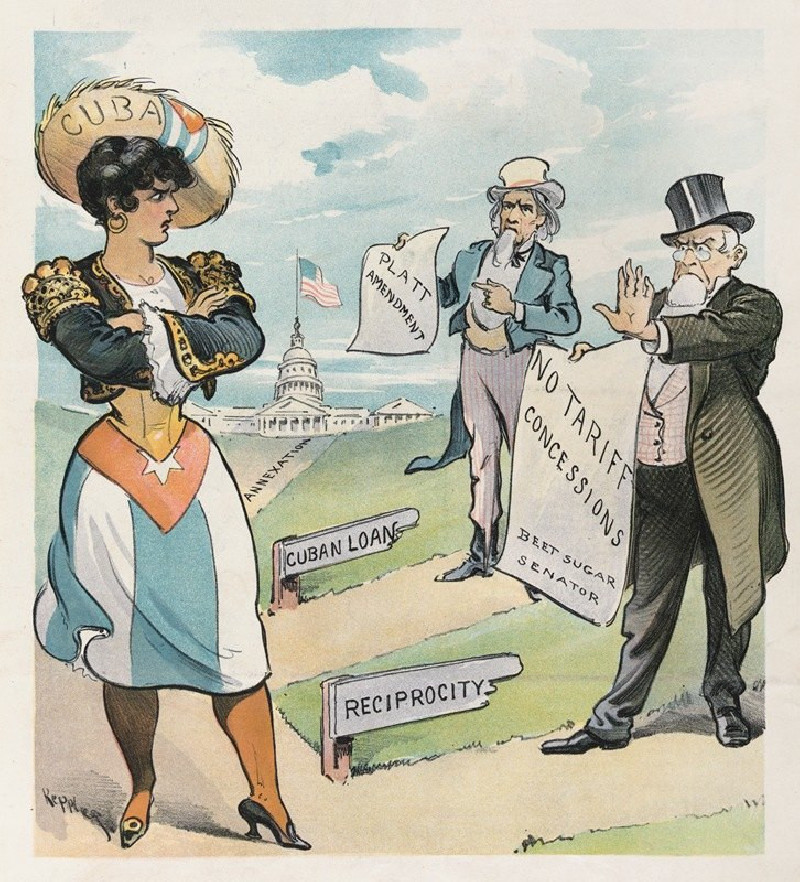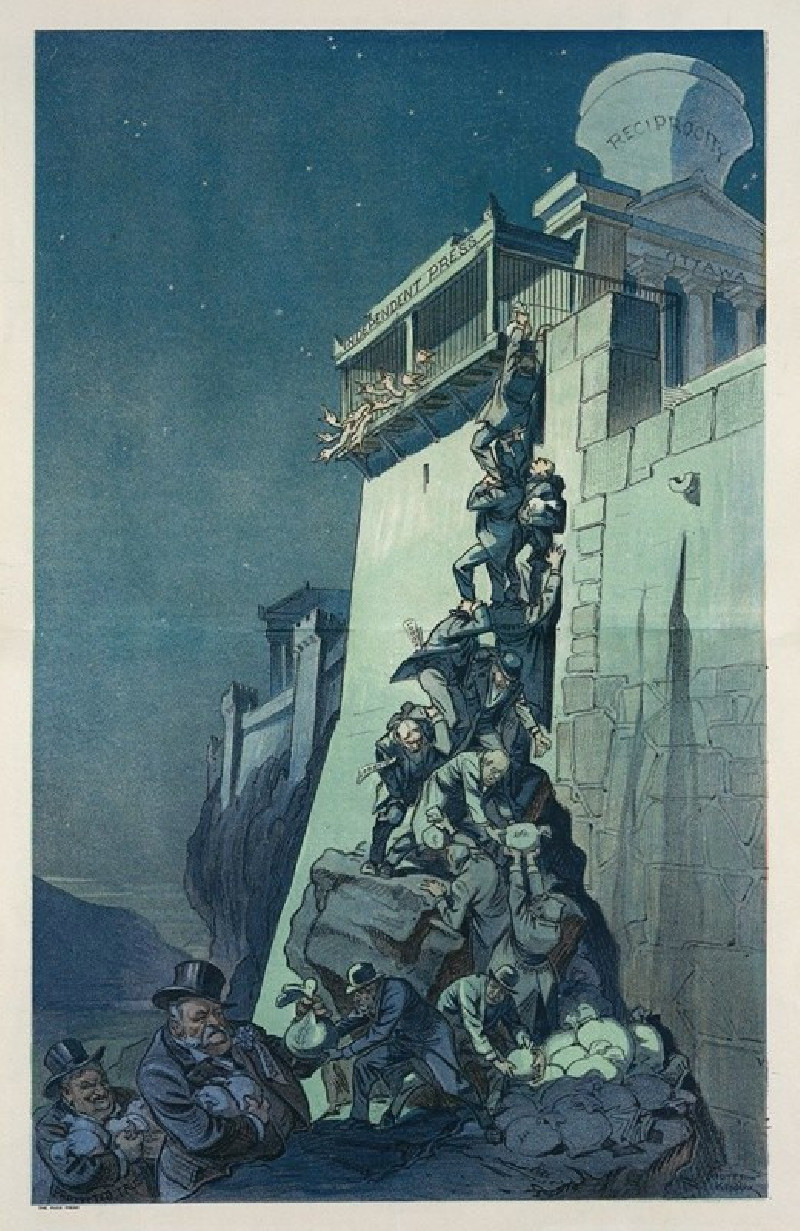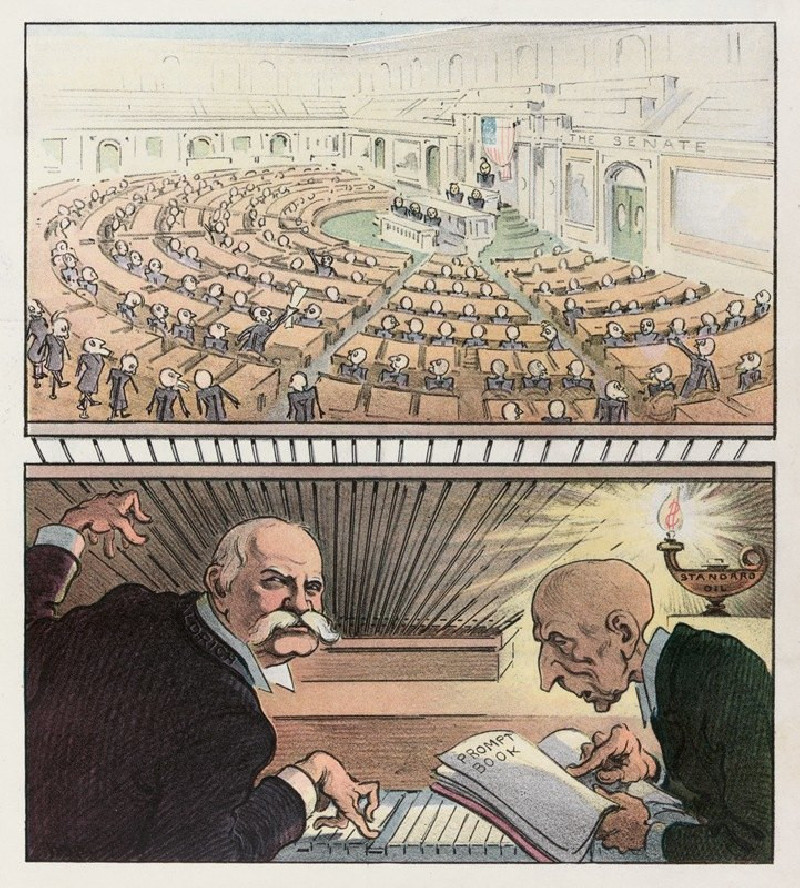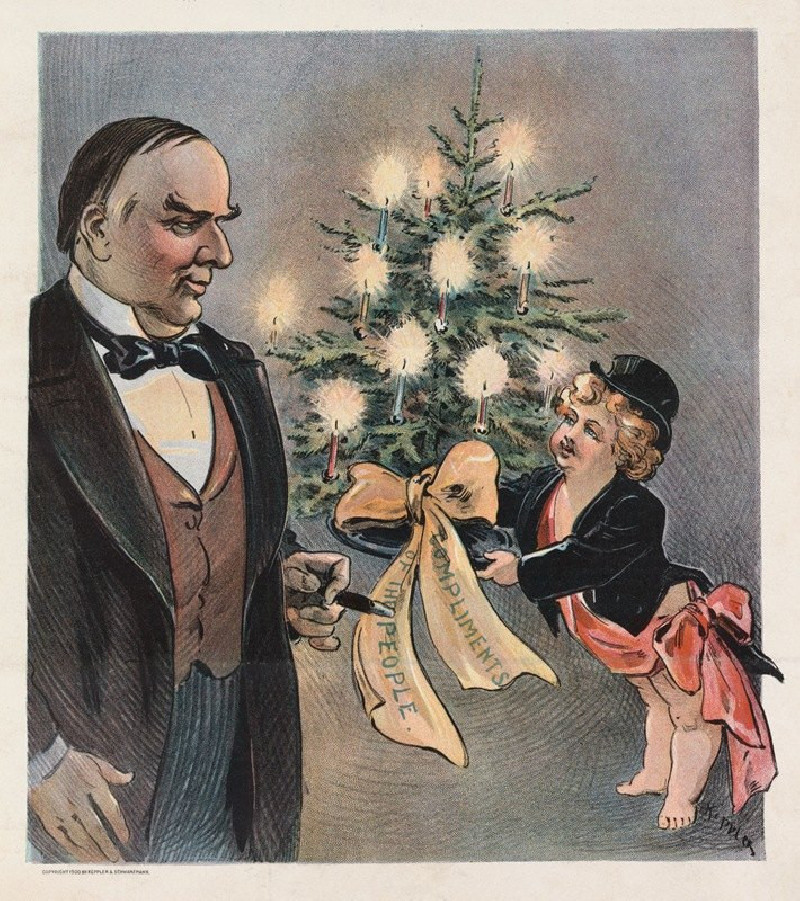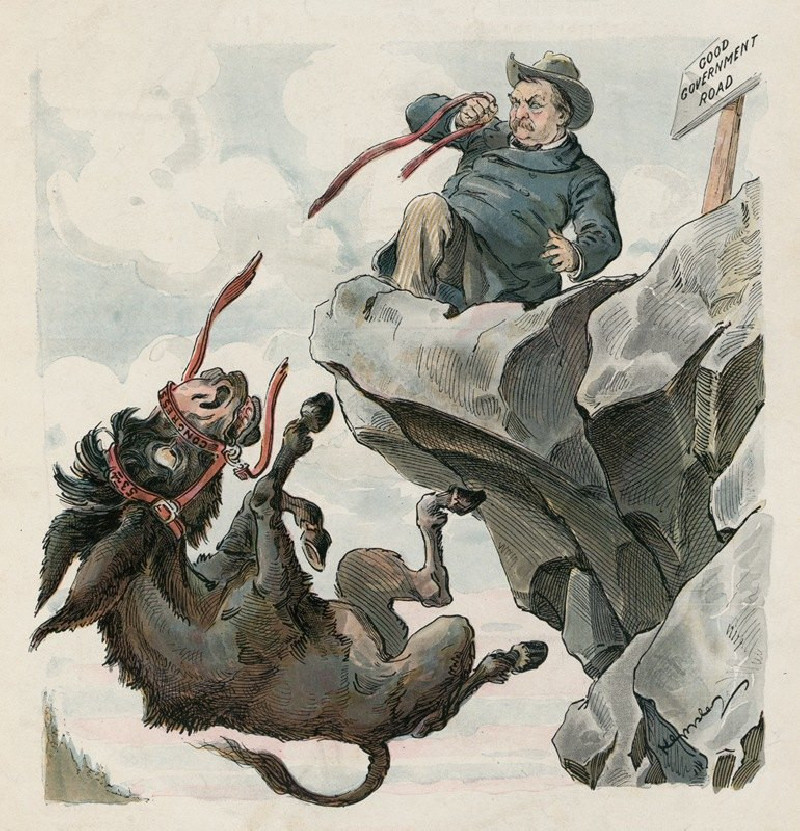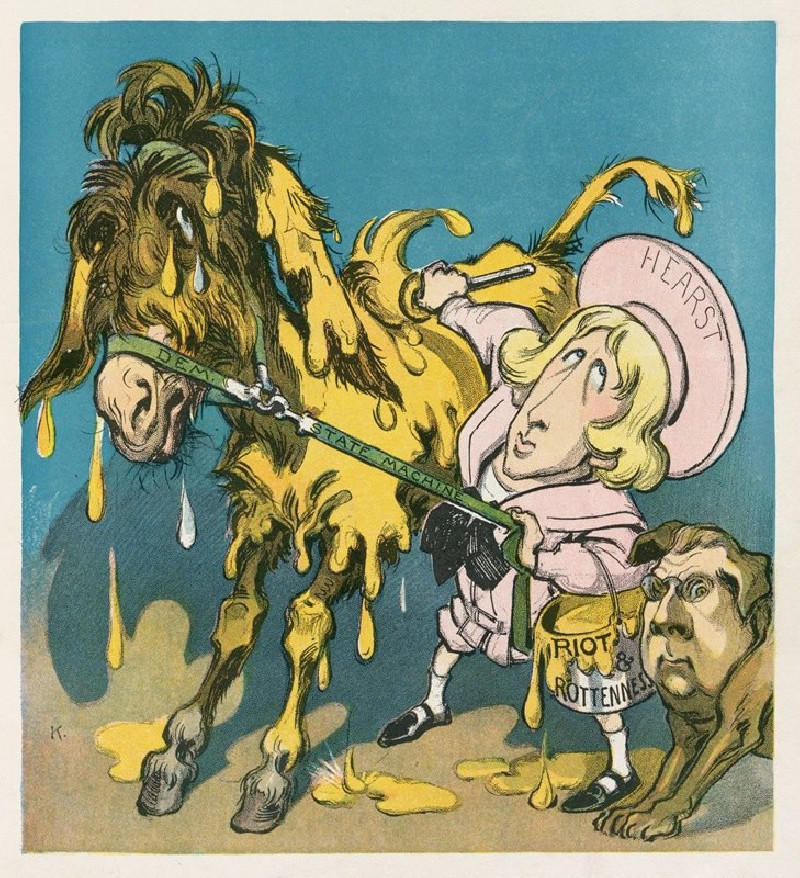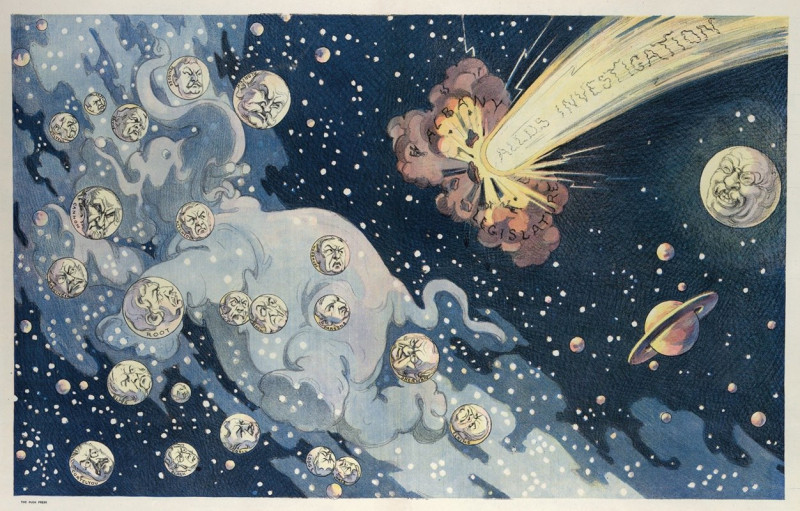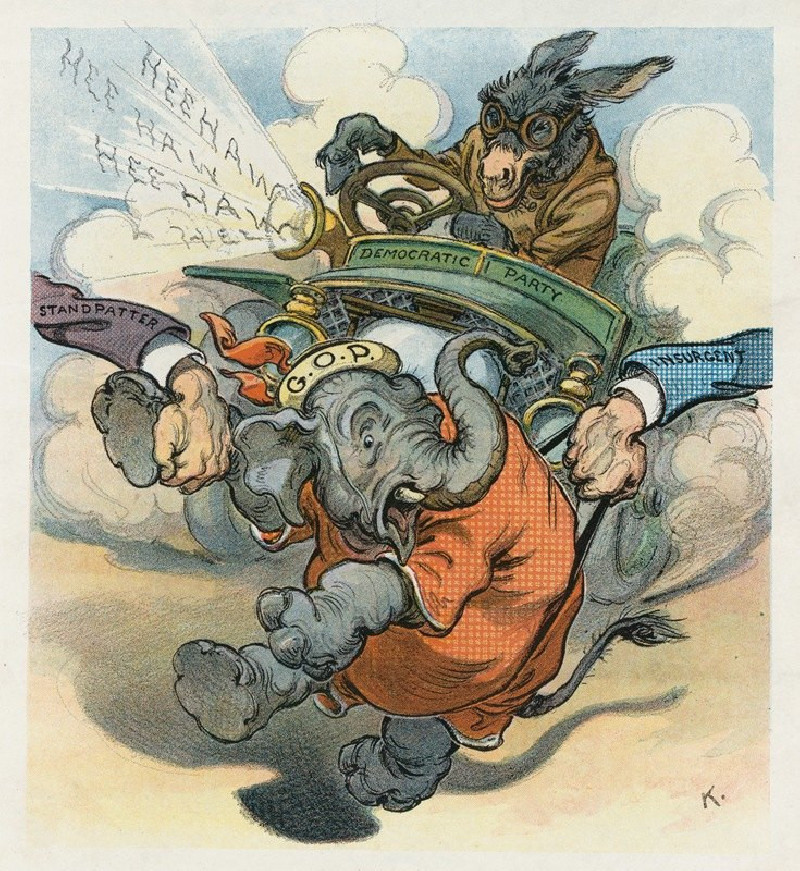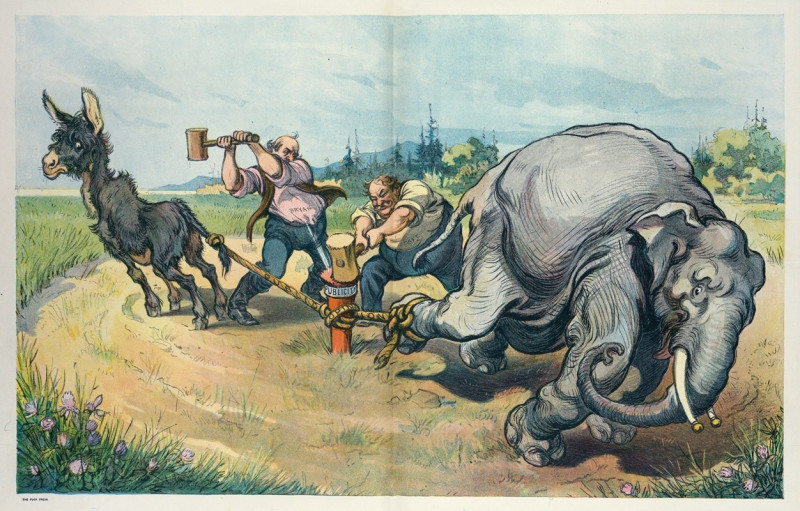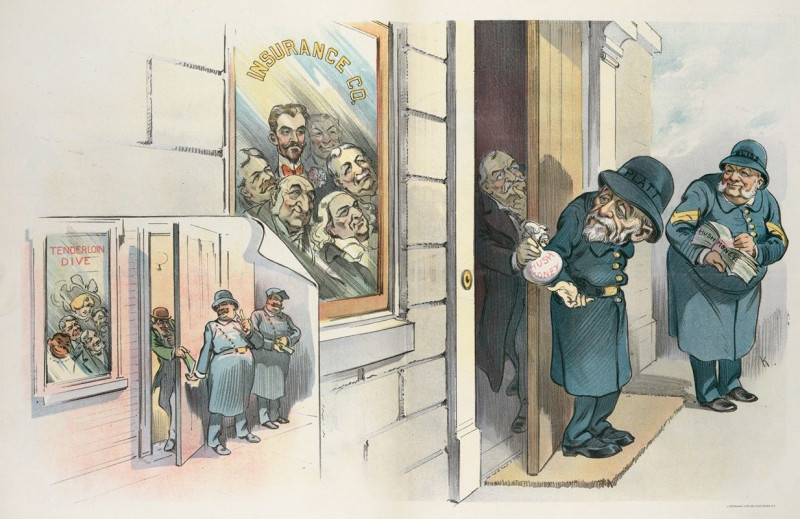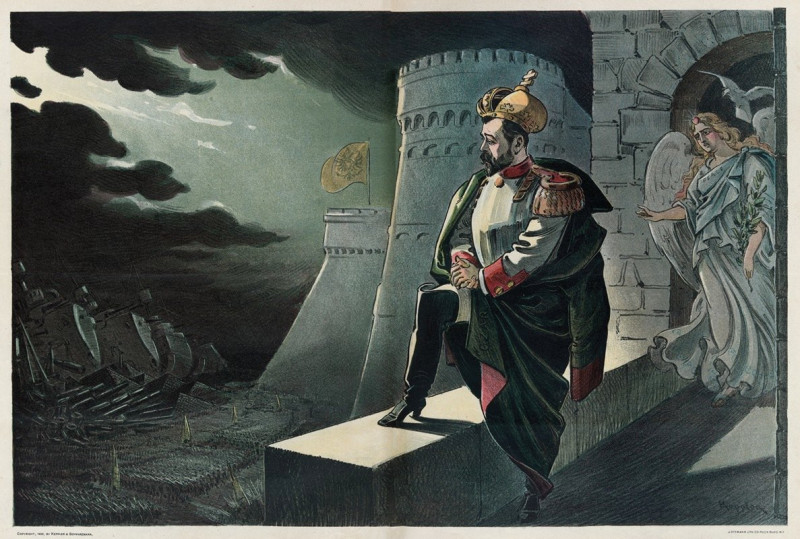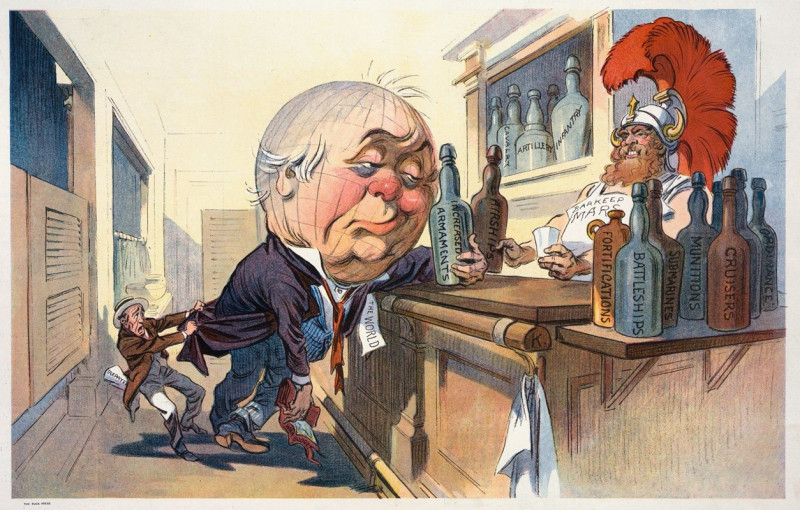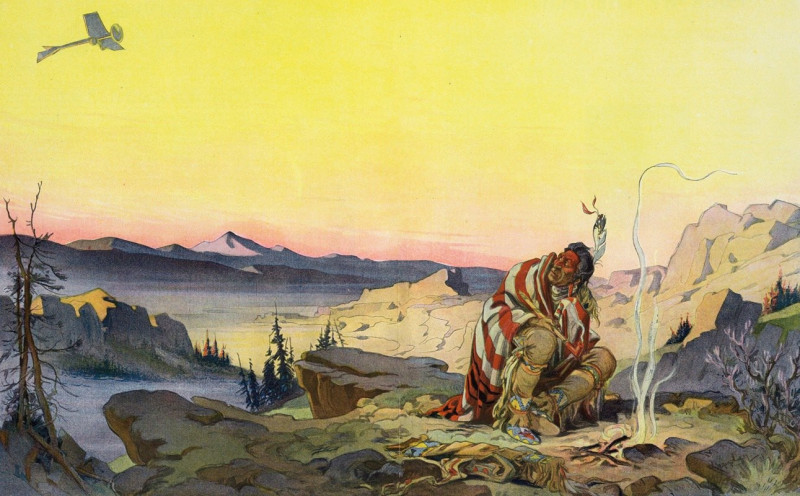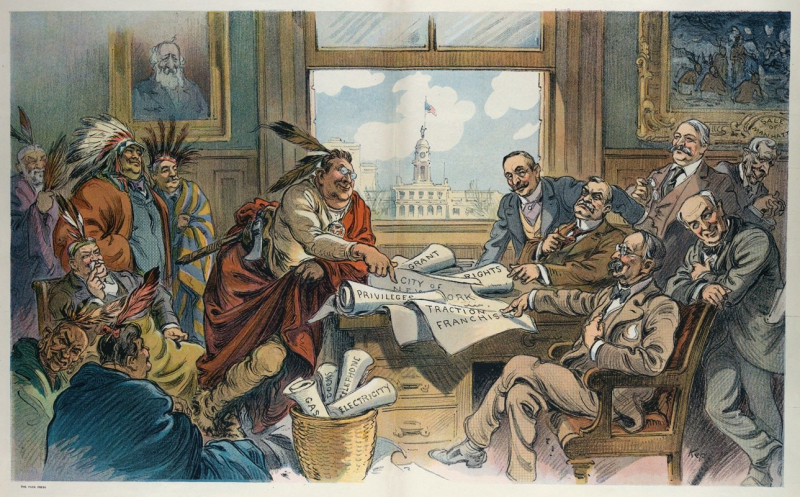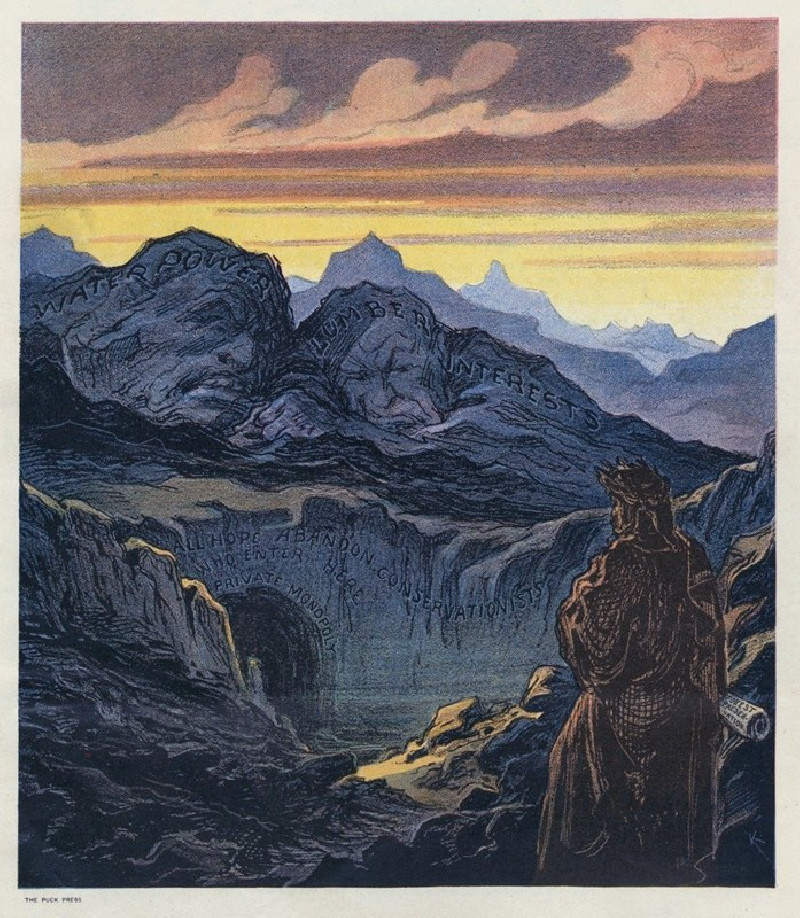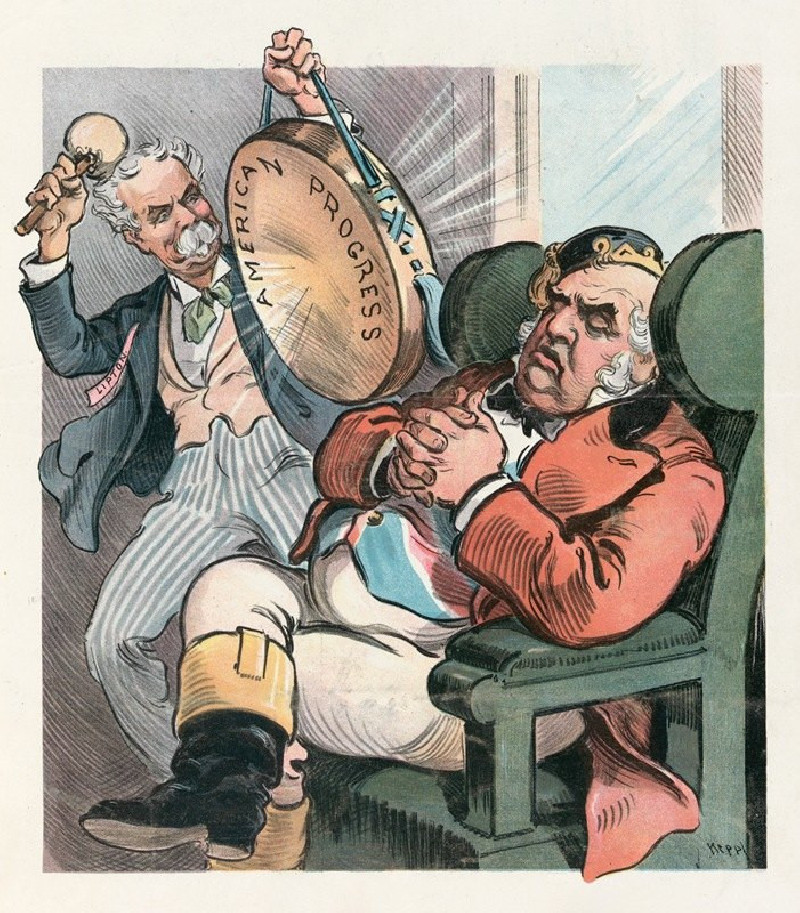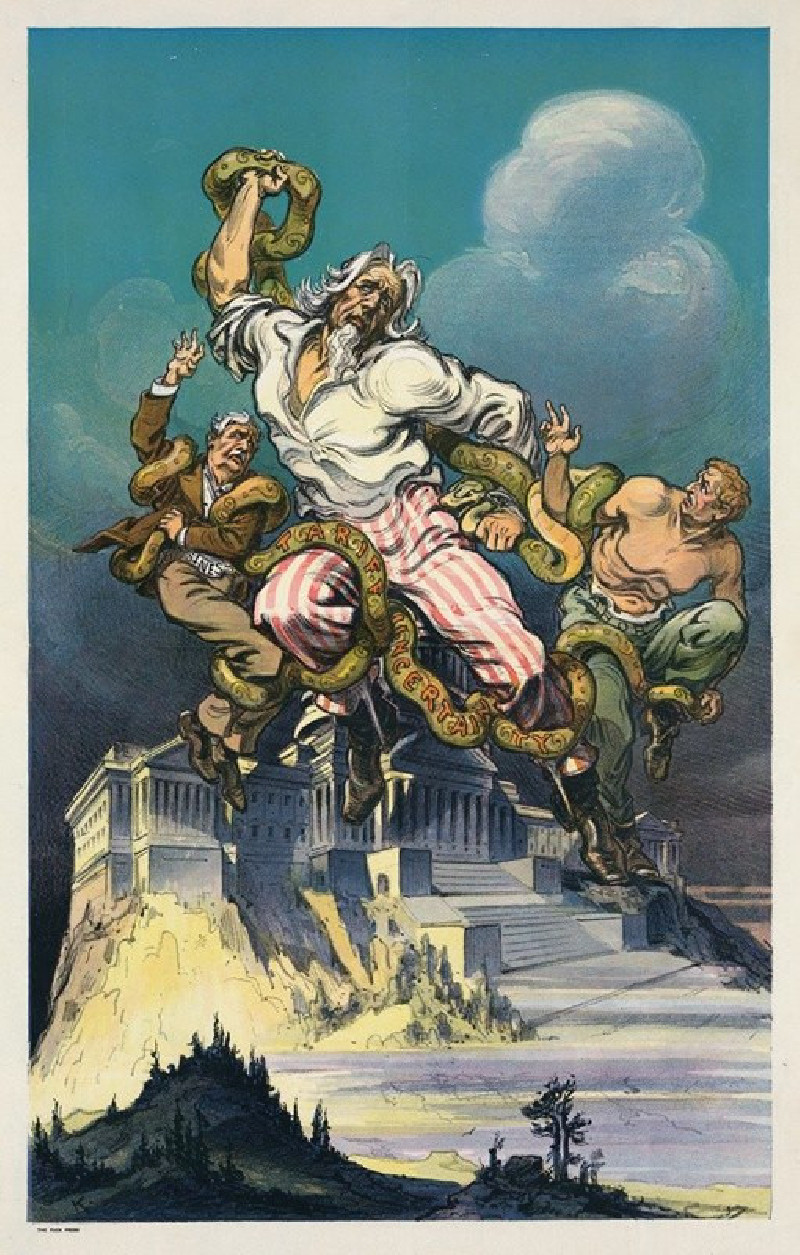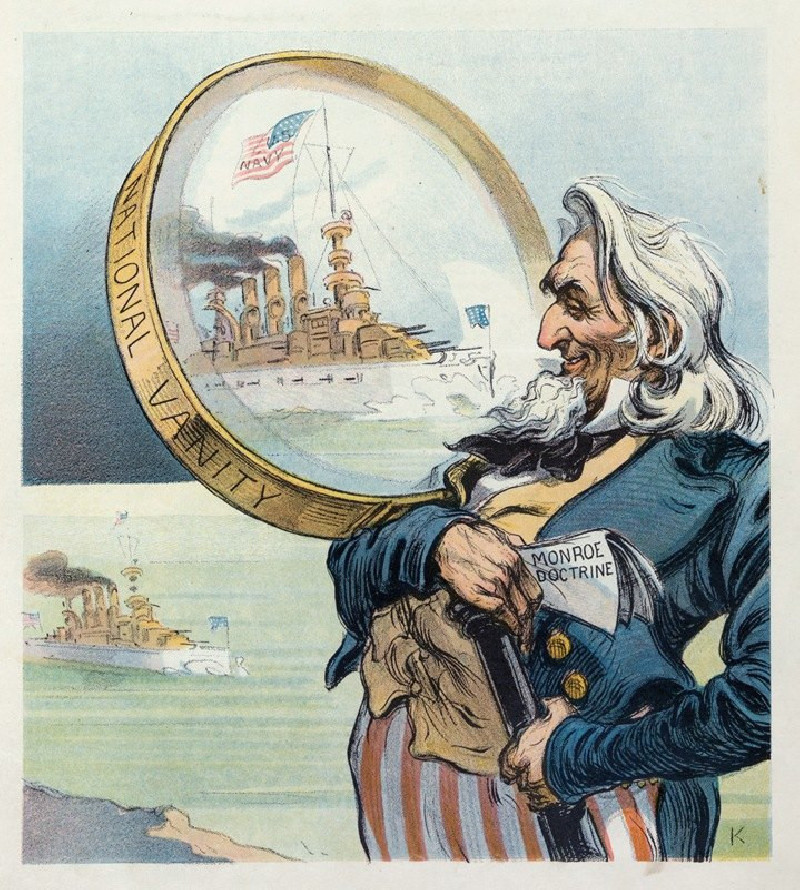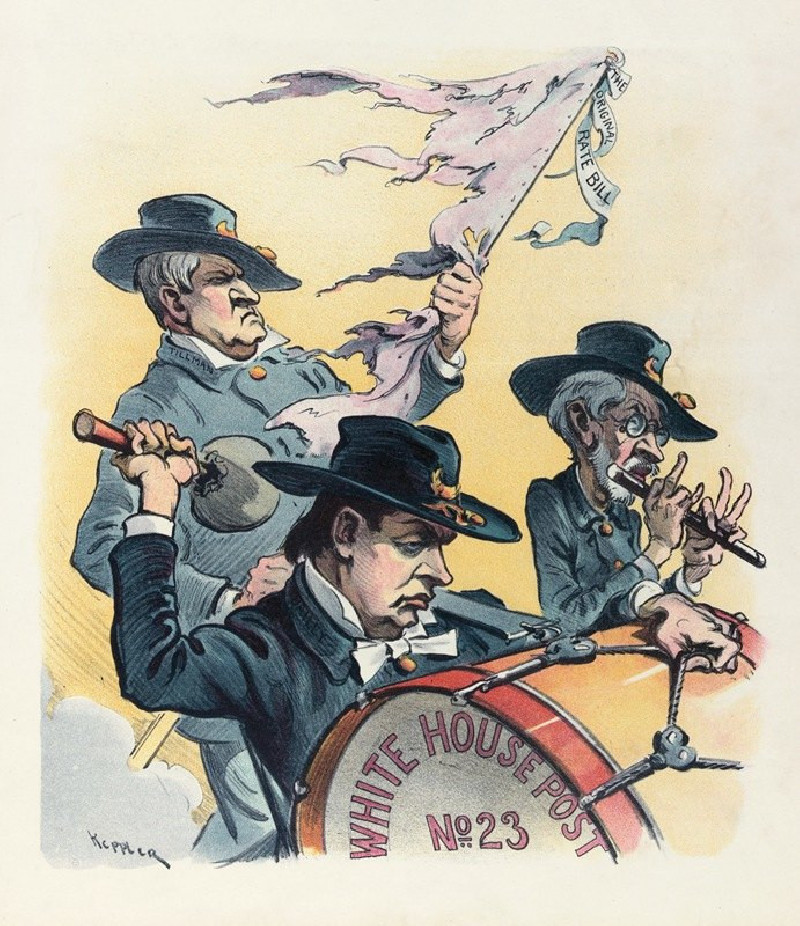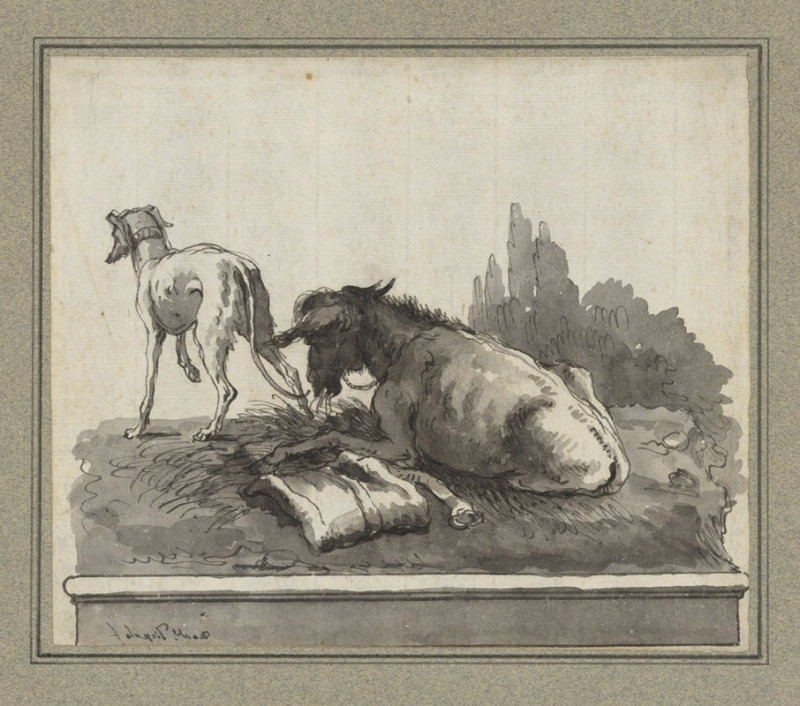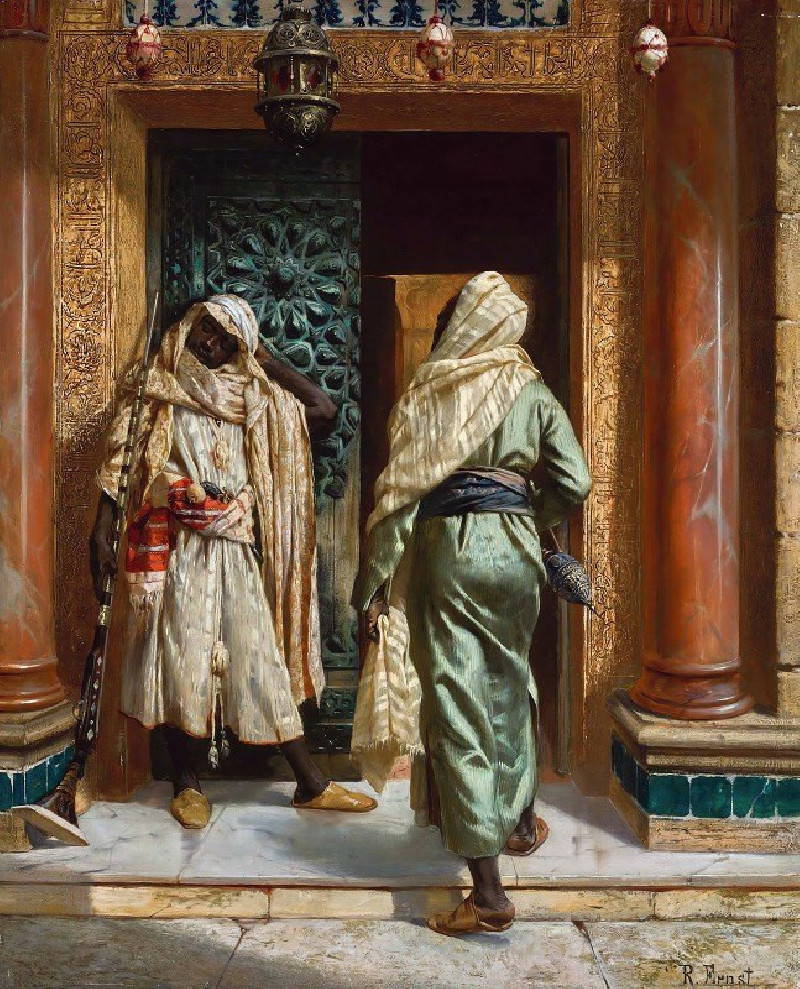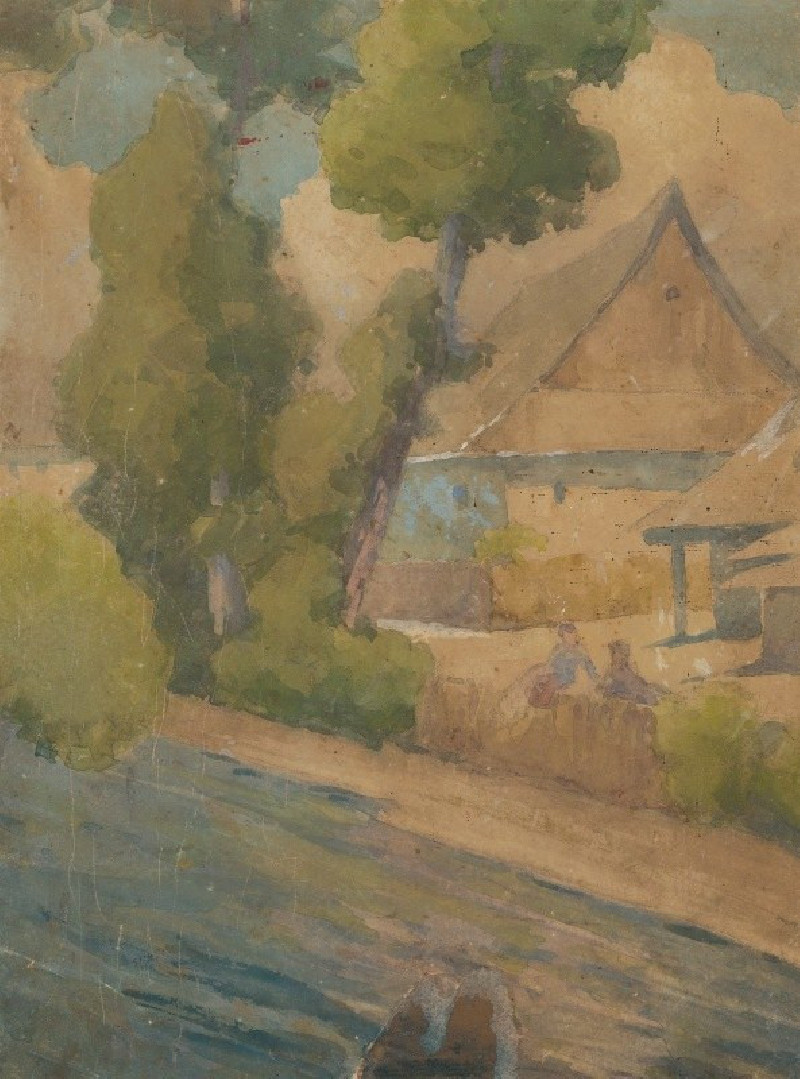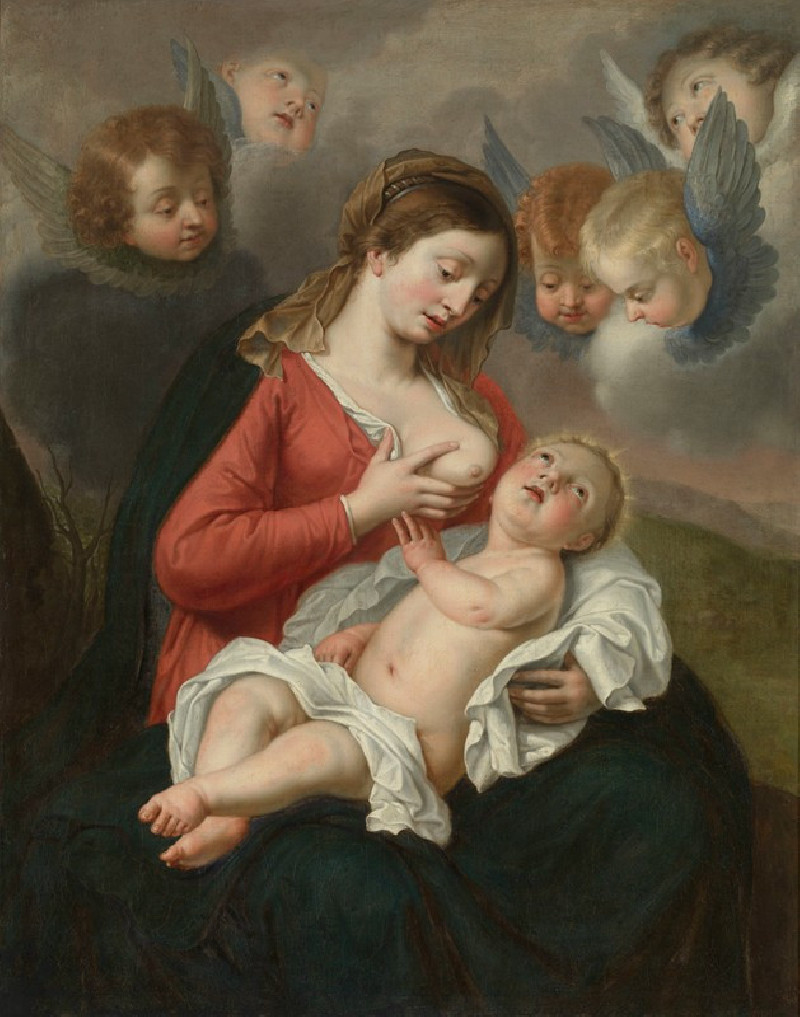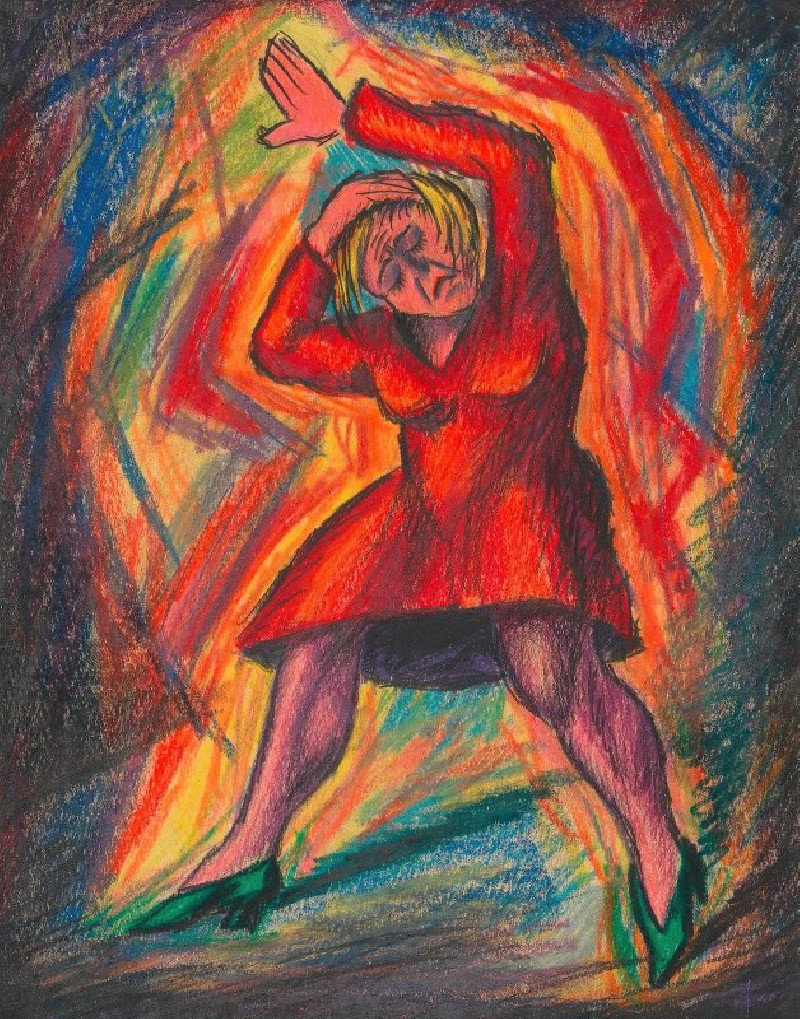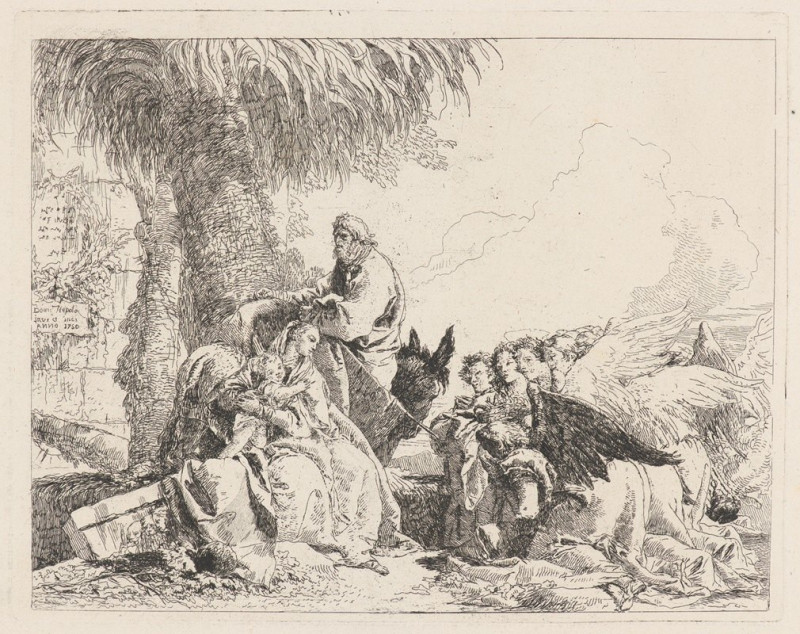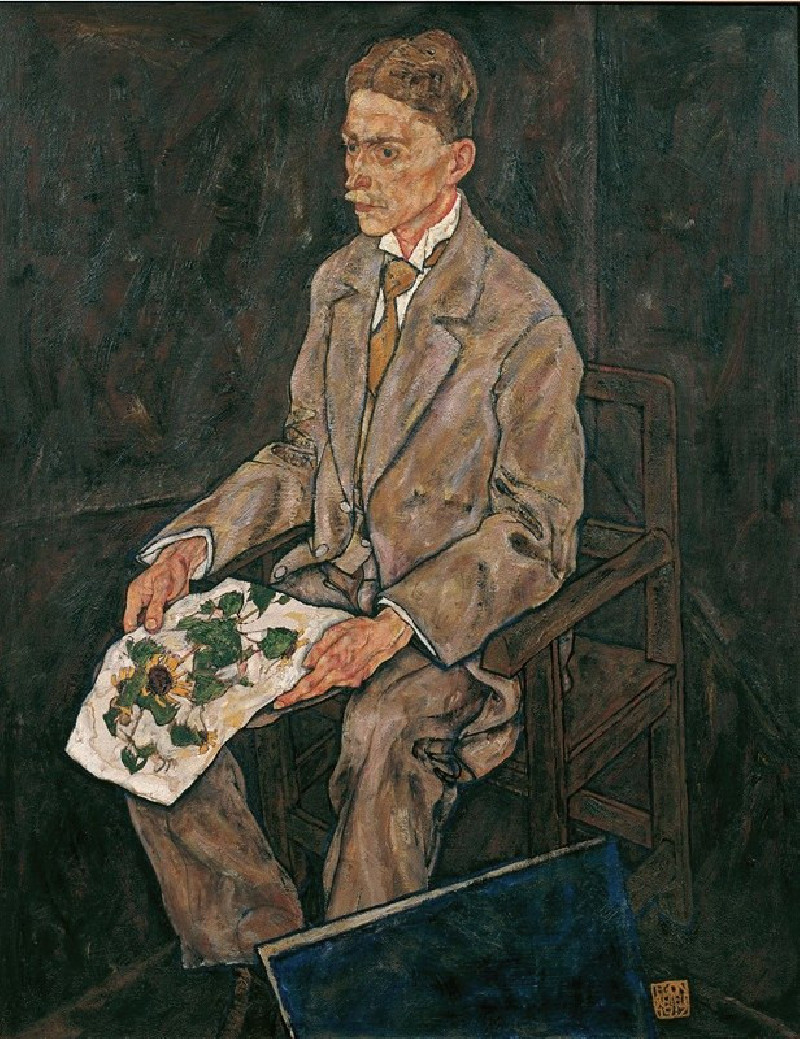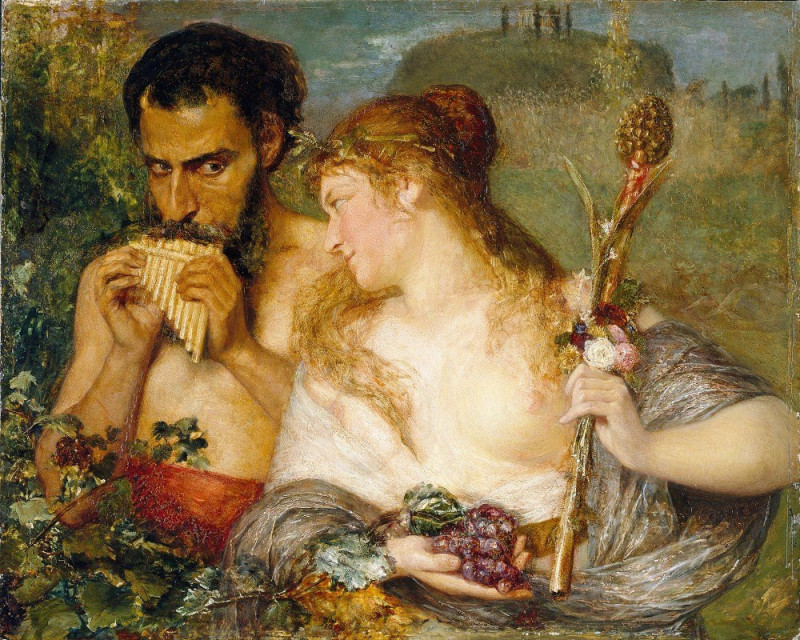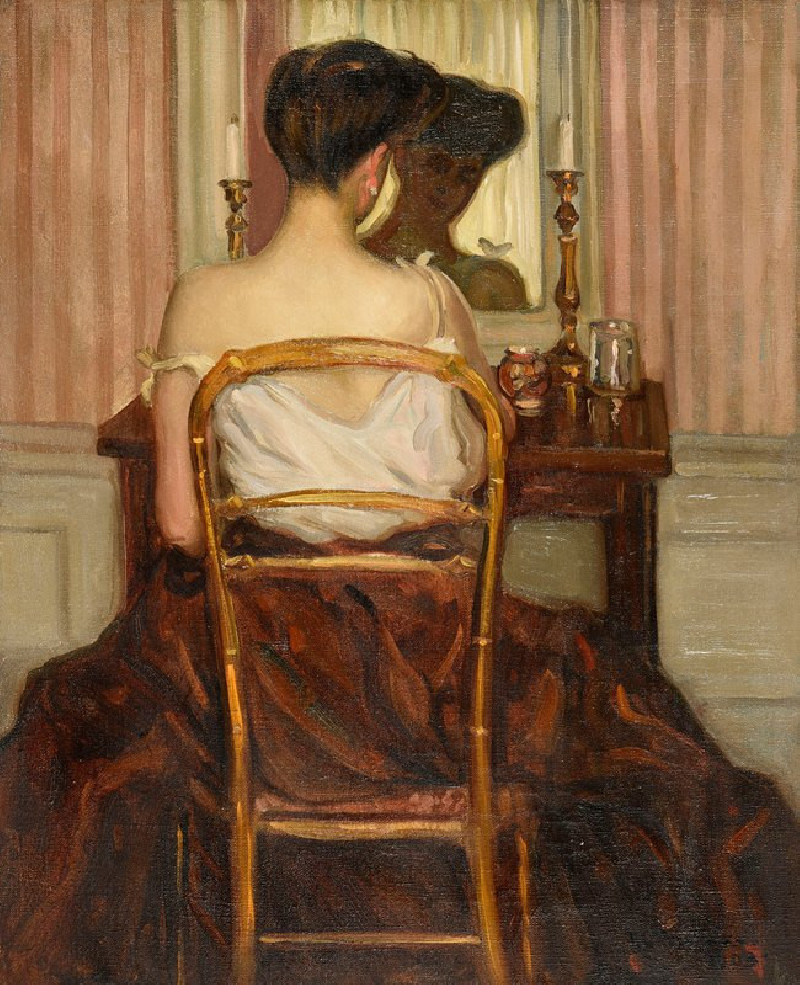Cuba’s choice (1902)
Technique: Giclée quality print
Recommended by our customers
More about this artwork
Udo Keppler's vibrant political cartoon, titled "Cuba’s Choice" (1902), captures a pivotal moment in the history of Cuban-American relations. This artwork encapsulates the complexities and tensions faced by Cuba in its diplomacy with the United States shortly after gaining nominal independence following the Spanish-American War.The central figure, representing Cuba, is depicted as a confident woman dressed in a garment adorned with the colors of the Cuban flag. She finds herself at a metaphorical crossroads, indicated by the sign labeled "Reciprocity," pointing towards different paths she might take in her international relations, particularly concerning trade agreements.Flanking the Cuban representative are two figures representing U.S. interests. On the left, an old man holds a paper titled "Platt Amendment," a U.S. legislative act that limited Cuba's sovereignty and allowed the U.S. to intervene in Cuban affairs. His disposition suggests a hardened attitude toward Cuba, emphasizing the imposition of American will.To the right stands another figure, a stern-looking man labeled as a "Beet Sugar Senator," clutching a sign that states "No Tariff Concessions." This character represents American agricultural interests, particularly those concerned with protecting domestic sugar producers from Cuban competition.In the background, the United States Capitol looms, signaling the overarching influence of U.S. politics in the depicted scenario.Through this vivid illustration, Keppler comments on the struggle of newly independent Cuba navigating its autonomy in the shadow of powerful American economic and political interests.
Delivery
Returns
Udo J. Keppler, since 1894. known as Joseph Keppler, Jr., was an American political cartoonist, publisher, and Native American advocate. The son of cartoonist Joseph Keppler (1838–1894), who founded Puck magazine, the younger Keppler also contributed to cartoons, and after his father's death became co-owner of the magazine under the name Joseph Keppler. He was also a collector of Native American artifacts.

